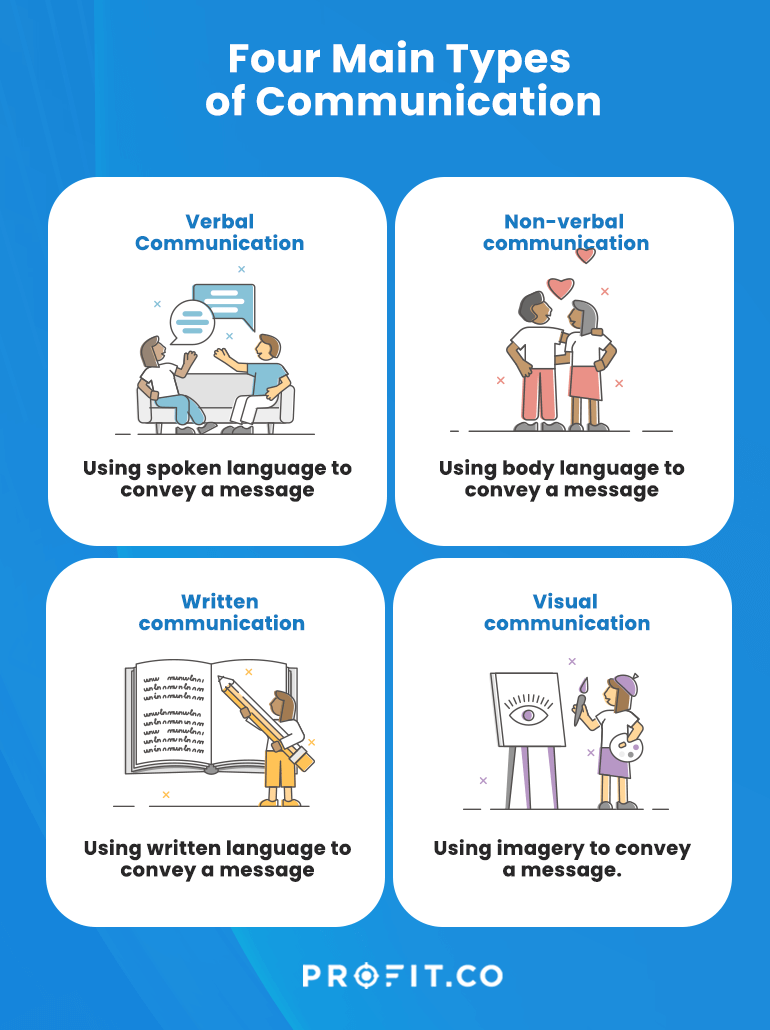Mastering Corrections And Clarifications: A Practical Approach

Table of Contents
Delivering Corrections with Diplomacy and Tact
Delivering constructive criticism is a crucial skill, demanding both precision and sensitivity. Mastering corrections requires a delicate balance – providing necessary feedback without causing offense or damage to relationships. This section will explore techniques for doing just that.
Choosing the Right Time and Place
The timing and setting of your feedback are crucial to its reception.
- Consider the recipient's emotional state and workload: Avoid delivering corrections when someone is stressed, rushed, or emotionally vulnerable.
- Opt for a private setting: Public corrections can be embarrassing and humiliating, hindering the recipient's ability to receive the feedback objectively. A private setting fosters a more receptive atmosphere.
- Schedule a dedicated time for discussion: Don't ambush someone with corrections mid-task. Schedule a specific time to discuss the issue thoroughly, allowing for ample time and focused attention.
Using Positive and Constructive Language
The language you use when delivering corrections significantly impacts the recipient's reaction.
- Focus on the task, not the person: Frame your feedback around the work itself, not the individual's capabilities. Instead of saying, "Your report is poorly written," try, "The report needs clarification on the methodology used in section three."
- Use "I" statements: "I noticed a discrepancy in the data presented" is far more constructive than "You got the data wrong." This approach expresses concerns without assigning blame.
- Offer specific examples and actionable suggestions: Vague criticisms are unhelpful. Provide concrete examples of the issues and suggest specific steps for improvement. For example, instead of "This needs improvement," offer "To enhance clarity, consider using bullet points to highlight key findings."
Active Listening and Empathy
Effective communication is a two-way street. Delivering corrections effectively involves active listening and empathy.
- Allow the recipient to respond and express their perspective: Give them space to share their thoughts and feelings about the feedback.
- Show understanding and acknowledge their feelings: Even if you disagree with their perspective, acknowledge their emotional response. This shows respect and fosters a collaborative environment.
- Avoid interrupting or dismissing their concerns: Active listening means fully engaging with what the other person is saying before responding.
Seeking Clarifications Effectively
Just as delivering corrections requires tact, requesting clarifications demands clear and respectful communication. This section explores strategies for effective clarification.
Formulating Clear and Concise Questions
Ambiguous questions lead to more confusion. Ensure clarity in your requests.
- Avoid ambiguity and jargon: Use precise language that is easily understood by the other party.
- Break down complex questions into smaller, manageable parts: This simplifies the process for both you and the person you're asking.
- Focus on specific points needing clarification: Don't ask broad, open-ended questions. Target the specific information you need.
Choosing the Appropriate Communication Channel
The communication channel should suit the urgency and complexity of the issue.
- Consider the urgency and complexity of the issue: Email is suitable for non-urgent matters requiring written documentation, while a phone call is better for immediate clarifications or complex issues demanding a real-time discussion.
- Choose the channel most comfortable for both parties: Consider the preferences of the person you're contacting.
Confirming Understanding
Once clarification is received, ensure accuracy by confirming understanding.
- Summarize the clarified information to ensure accuracy: Reiterate the points to confirm you've grasped the information correctly.
- Request confirmation from the other party: Ask if your summary is accurate. This helps prevent future misunderstandings.
Handling Difficult Corrections and Clarifications
Not all corrections and clarifications go smoothly. This section addresses challenging scenarios.
Managing Defensive Reactions
Defensive reactions are common when receiving criticism. Maintain composure and professionalism.
- Remain calm and patient: Avoid getting drawn into an argument. Maintain a calm and respectful demeanor.
- Emphasize collaborative problem-solving: Frame the situation as a shared goal – achieving accuracy and clarity together.
- Reiterate the importance of accuracy and clarity: Explain why the corrections or clarifications are necessary.
Addressing Resistance to Feedback
Resistance to feedback is often rooted in fear or insecurity.
- Frame corrections as opportunities for improvement: Highlight the benefits of the feedback for personal and professional growth.
- Focus on the benefits of clarity and accuracy: Explain how addressing the issues enhances the overall outcome.
- Offer support and resources to aid in improvement: Provide assistance, training, or tools to help the individual improve.
Escalating Issues When Necessary
Sometimes, internal resolution isn't possible.
- Know when to seek mediation from a supervisor or manager: If attempts at resolution fail, seek help from a neutral third party.
- Document all communication and attempts at resolution: Maintain a record of all interactions to ensure a clear history of the issue.
Conclusion
Mastering corrections and clarifications is a valuable skill for effective communication in all aspects of life. By using diplomatic language, practicing active listening, and employing clear communication strategies, we can navigate feedback and clarification processes constructively. Implement these strategies for mastering corrections and clarifications, improving your communication skills, and fostering stronger relationships, both professionally and personally. Improve your communication by mastering corrections and clarifications today!

Featured Posts
-
 Mpigionse I Kayti Emfanisi Poy Anapse Foties
Apr 30, 2025
Mpigionse I Kayti Emfanisi Poy Anapse Foties
Apr 30, 2025 -
 Pokhorony Papy Rimskogo Tramp Mozhet Vstretitsya S Zelenskim
Apr 30, 2025
Pokhorony Papy Rimskogo Tramp Mozhet Vstretitsya S Zelenskim
Apr 30, 2025 -
 University Of Pennsylvania Ordered To Erase Transgender Swimmers Records Trump Administration Action
Apr 30, 2025
University Of Pennsylvania Ordered To Erase Transgender Swimmers Records Trump Administration Action
Apr 30, 2025 -
 I Mpigionse Prokalei Me To Sortsaki Tis Se Diafimisi
Apr 30, 2025
I Mpigionse Prokalei Me To Sortsaki Tis Se Diafimisi
Apr 30, 2025 -
 Knda Twajh Thdyat Tsryhat Tramb Hwl Aldem Alamryky
Apr 30, 2025
Knda Twajh Thdyat Tsryhat Tramb Hwl Aldem Alamryky
Apr 30, 2025
